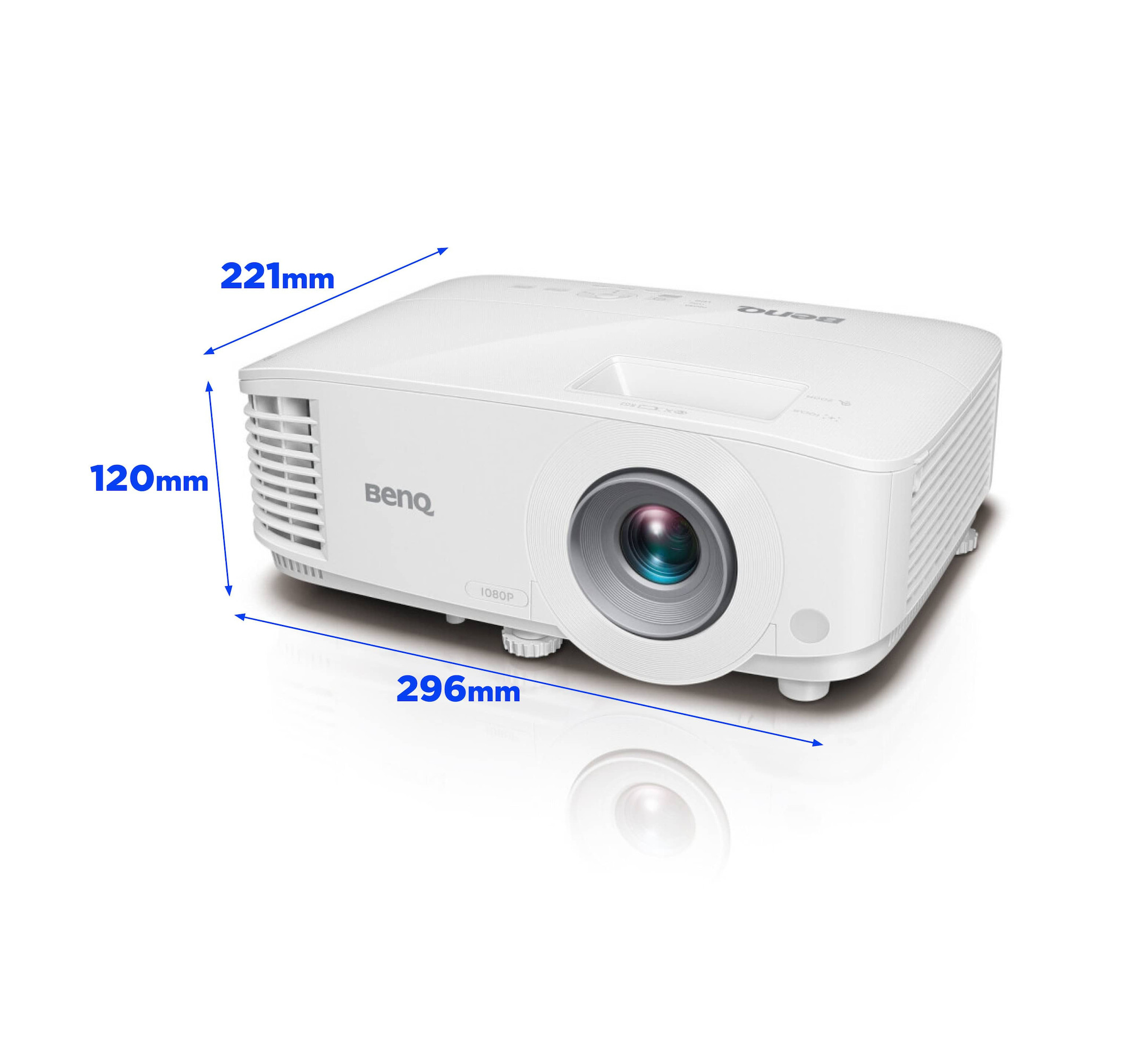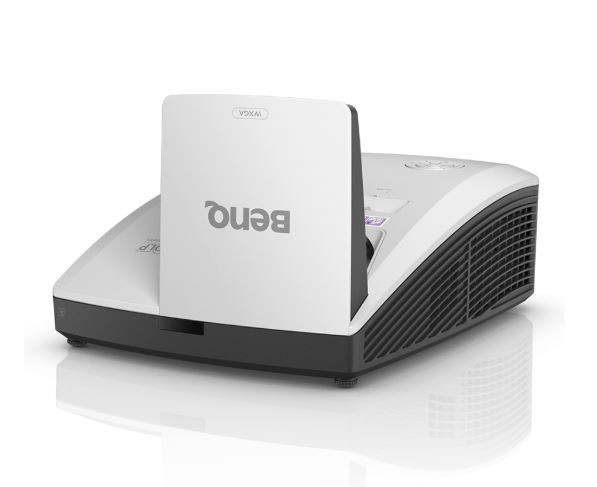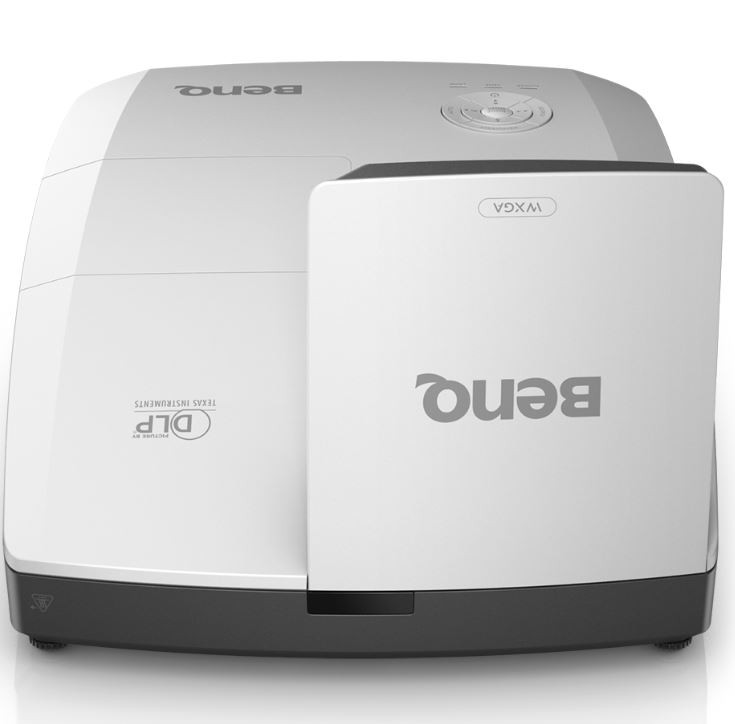BenQ business standard projectors (M-Series)
The BenQ M-Series consists of the classic business projectors for use in conference, meeting or even school rooms. Depending on the model, you can get a projector with the standard, short throw or ultra short throw optics for maximum flexibility when setting up.
BenQ Business Standard Beamer Features
- power-saving SmartEco technology
- external control via LAN interface possible
- good light output with up to 4,000 ANSI lumens
- high-contrast DLP technology
Is a BenQ Business Standard Beamer of the M-Series the right choice for your meeting or conference room?
Let our visunext experts advise you!
Let our visunext experts advise you!

3 Products
Sort by:
























